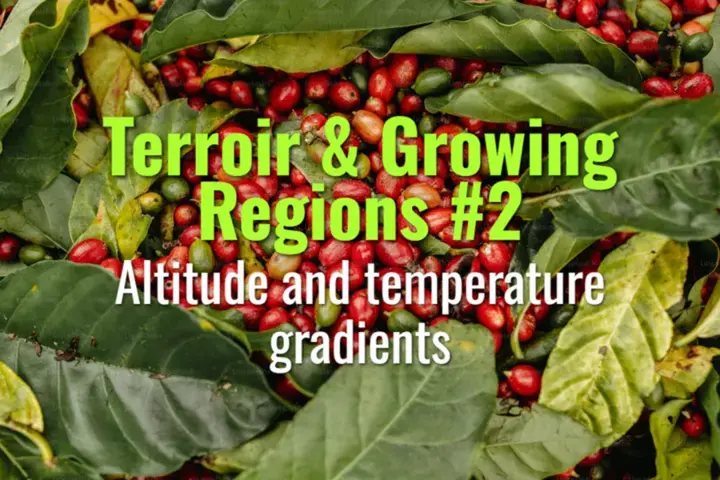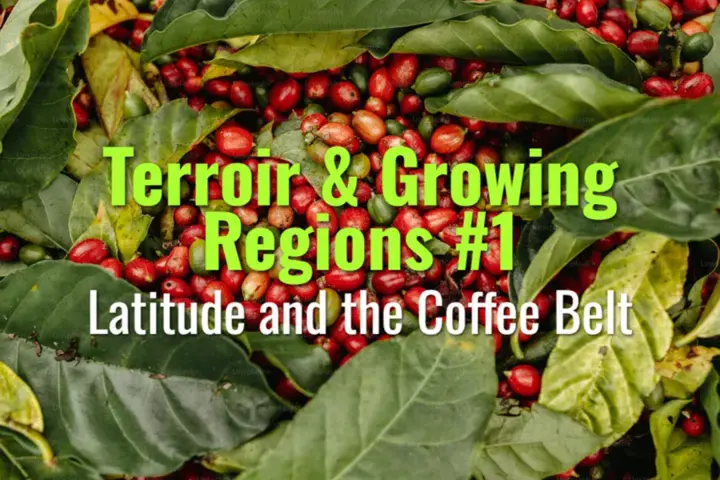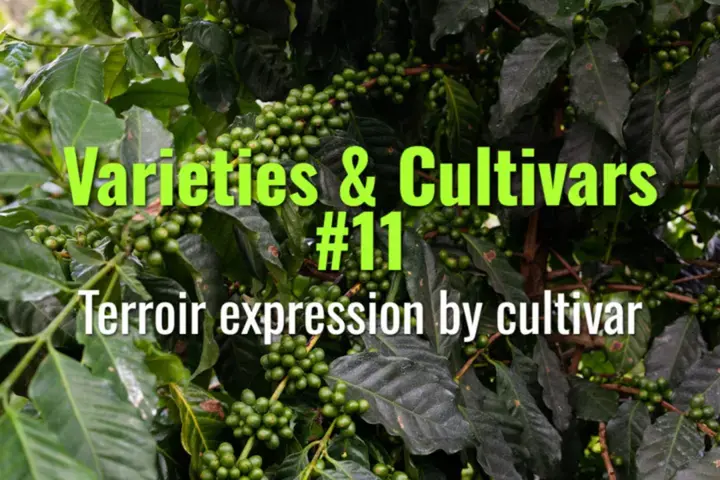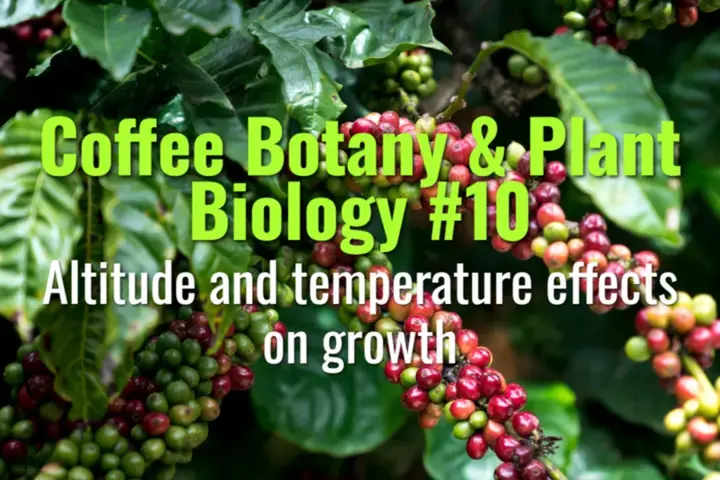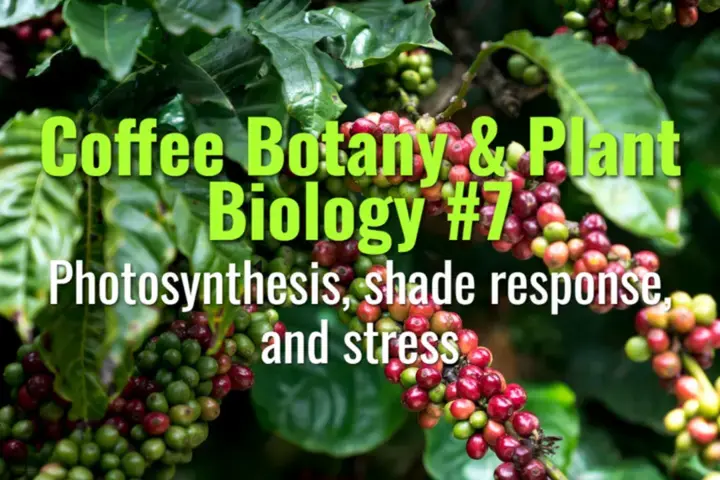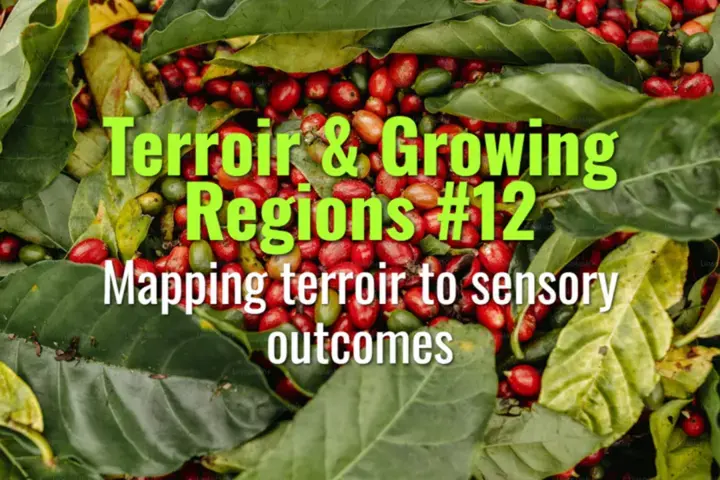
Mapping terroir to sensory outcomes
This topic explains how terroir factors such as soil, altitude, climate, and farming practices translate into sensory outcomes in the cup, and how these links are mapped and understood by producers, roasters, and consumers.
